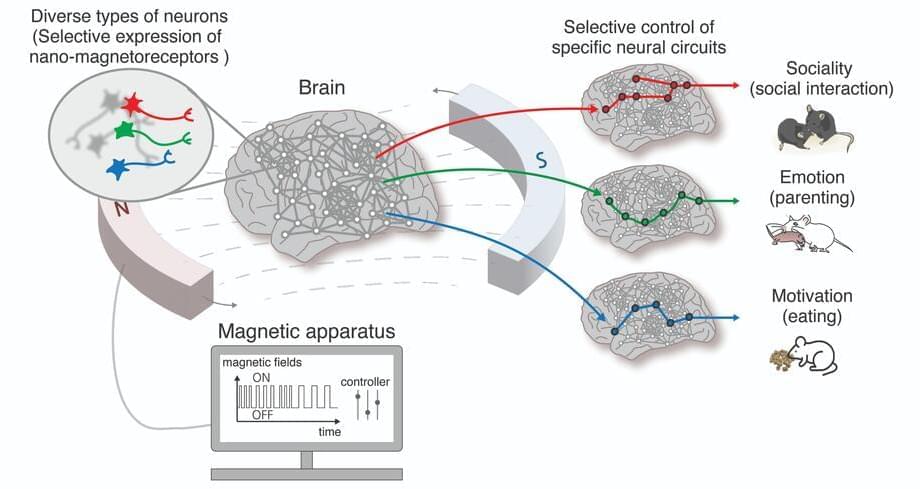Jul 28, 2024
Chromatin plasticity predetermines neuronal eligibility for memory trace formation
Posted by Cecile G. Tamura in categories: genetics, robotics/AI
It is clear that specific memories are not stored in individual specific neurons.
But the epigenetic state of neurons influences whether they become part of memory…
Memories are encoded by sparse populations of neurons but how such sparsity arises remains largely unknown. We found that a neuron’s eligibility to be recruited into the memory trace depends on its epigenetic state prior to encoding. Principal neurons in the mouse lateral amygdala display intrinsic chromatin plasticity, which when experimentally elevated favors neuronal allocation into the encoding ensemble. Such chromatin plasticity occurred at genomic regions underlying synaptic plasticity and was accompanied by increased neuronal excitability in single neurons in real time. Lastly, optogenetic silencing of the epigenetically altered neurons prevented memory expression, revealing a cell-autonomous relationship between chromatin plasticity and memory trace formation. These results identify the epigenetic state of a neuron as a key factor enabling information encoding.

















